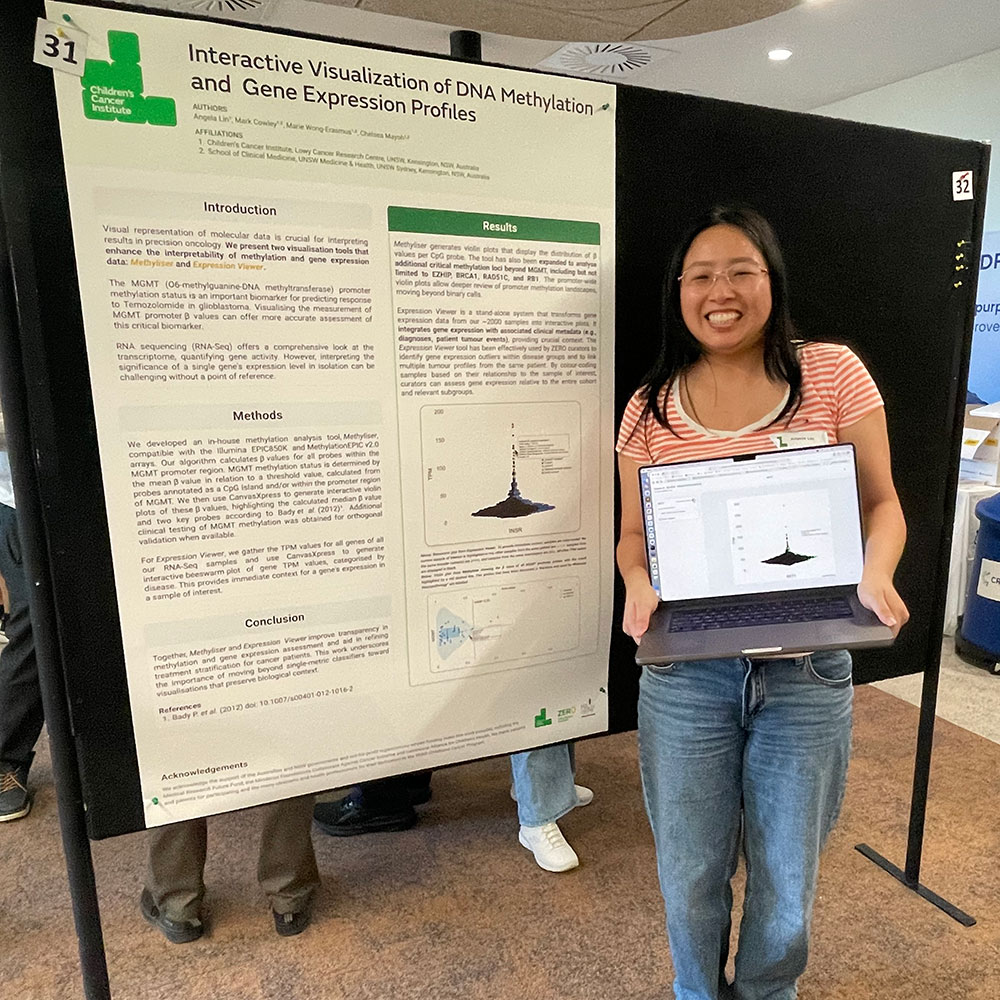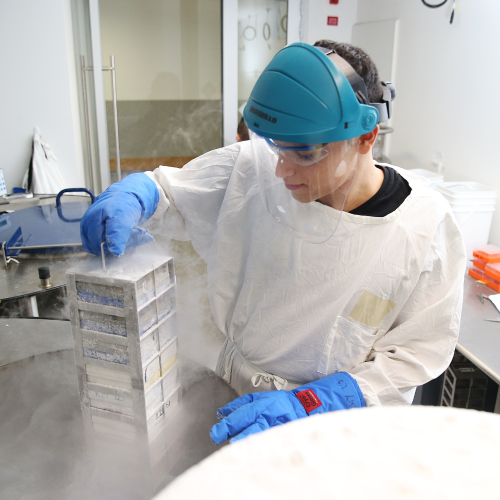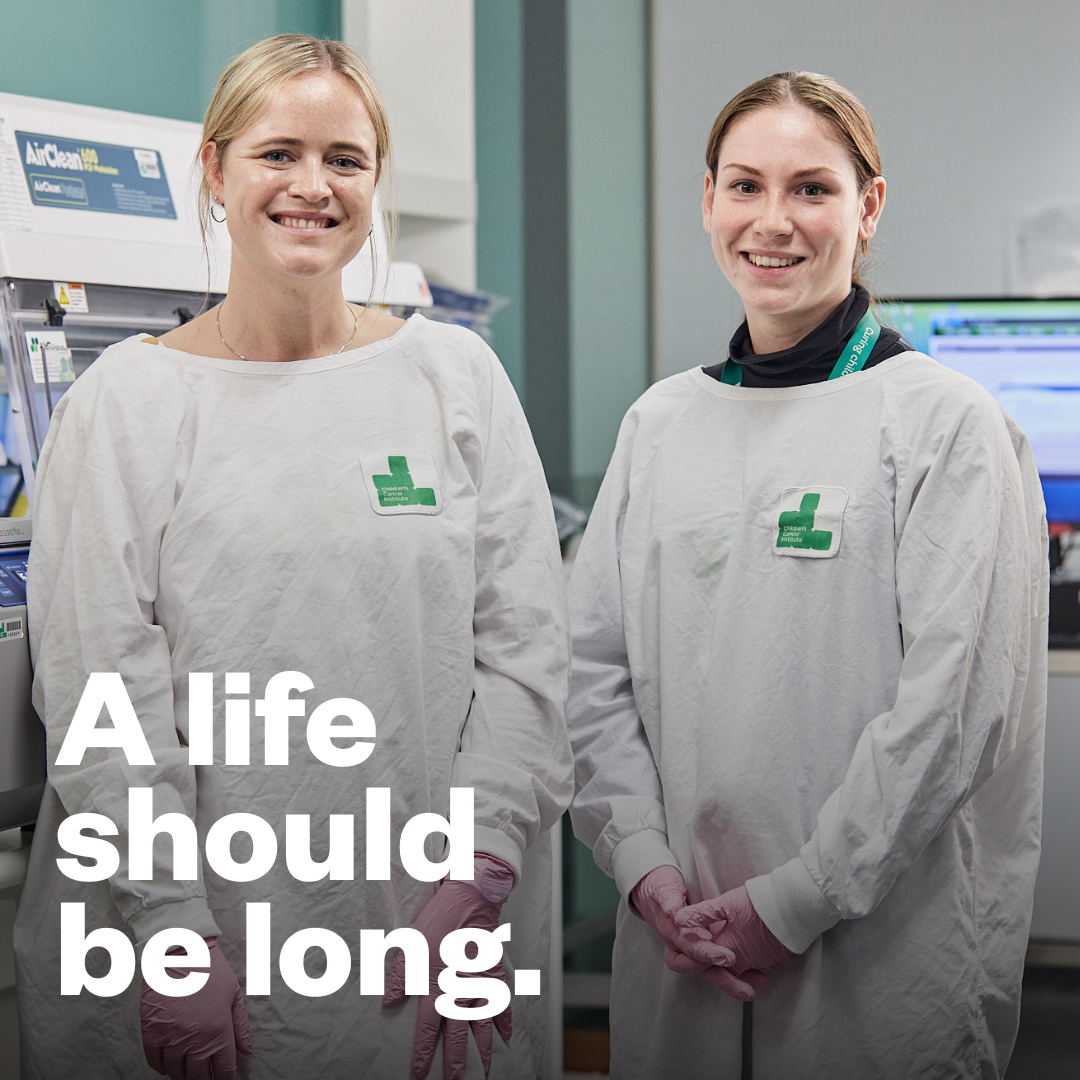A one-size-fits-all approach to treating children with cancer is now recognised as suboptimal. One size does not fit all, because not every child is the same, and all cancers have their own unique properties, just as all children do. Increasingly, cancer scientists and clinicians are realising that the key to curing every child with cancer lies in treating each case of cancer individually; that is, in providing personalised medicine to each child.
There are many challenges to providing personalised treatment for high-risk neuroblastoma, not least of which is being able to work out which treatment is best suited to an individual child, before the treatment is actually given. Central to this process is the ability to test treatments in a realistic model of disease – one that represents the child’s cancer as closely as possible.
This is where research is paving the way. In a study led by Dr Jamie Fletcher at Children’s Cancer Institute and published in the British Journal of Cancer, Australian scientists investigated the feasibility of developing living models, called avatars, to facilitate the personalised treatment of children with high-risk neuroblastoma. These are ‘patient-derived xenografts’ (PDXs) – where mice that have been specially bred to grow cancer cells are implanted with tumour cells taken directly from children with high-risk neuroblastoma.
For such a model to be useful in personalised medicine, it must not only accurately represent a child’s cancer, but also be able to be established quickly and reliably. In the study just published, researchers investigated how such challenges might best be met, coming up with a range of strategies and solutions that significantly boost progress towards this goal.
“For the individual patient, personalised or avatar models are playing an increasingly important role,” Dr Fletcher commented. “Optimising the methodology to improve engraftment efficiency is critical for meeting urgent clinical needs in the era of personalised medicine.”
High-throughput screening of patient tumour cells and PDX cells.

In their experiments, the researchers were able to develop PDX models at a high success rate from multiple sources of cancer cells, including samples taken from both the primary tumour and metastases − an important consideration in cases where not all types of samples are clinically accessible. They engrafted these cells in the PDX models at a range of sites, finding that implantation in the adrenal gland led to the fastest engraftment. Importantly, they were also able to find a way to avoid graft-versus-host disease, a major clinical problem associated with engraftment.
They also showed that patient samples can be expanded as PDX models to allow extra assays to be conducted that would not have otherwise been possible, thus increasing the likelihood of a suitable drug being found (as shown above).
Studies are continuing to further improve PDX models, as researchers strive to make these models as useful as possible for the personalised treatment of children with cancer.
British Journal of Cancer – https://doi.org/10.1038/s41416-019-0682-4
Editorial – https://www.nature.com/articles/s41416-019-0678-0
Full article – https://www.nature.com/articles/s41416-019-0682-4















